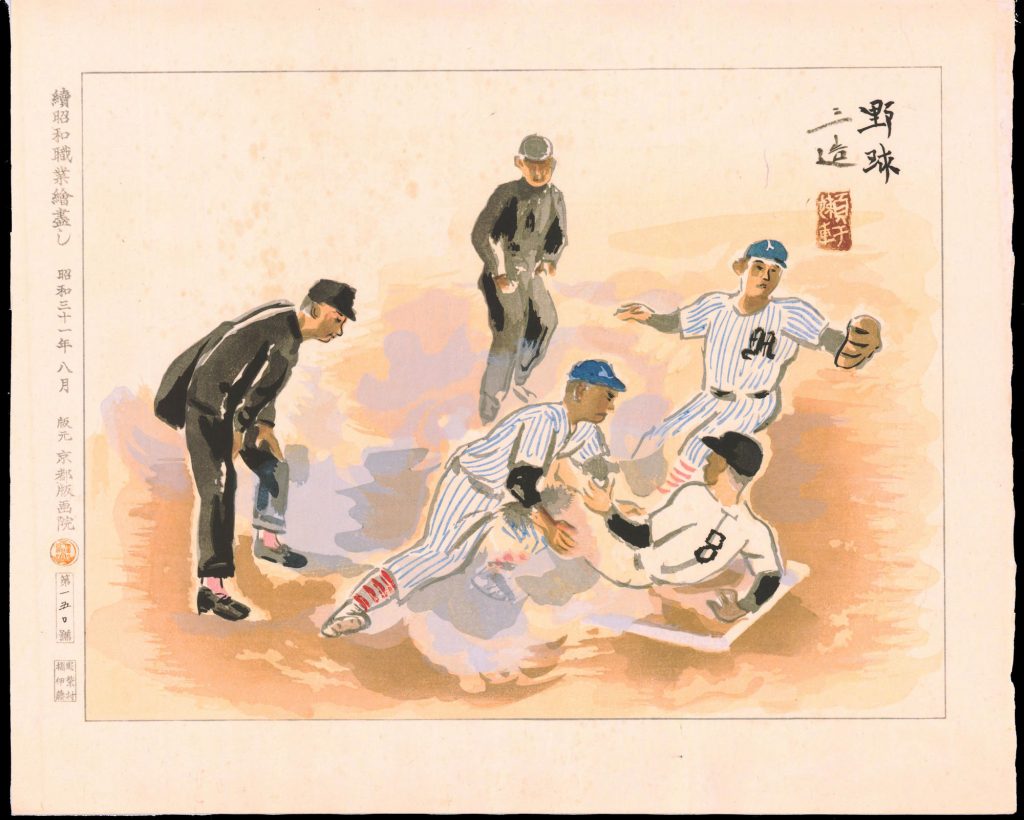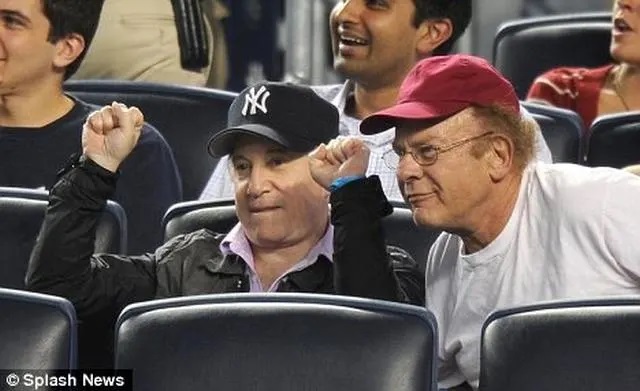By Louise Grieco
Gather the yin energy and the yang energy
into your dantien – the center of gravity
from which all power emanates.
Soften all the joints and disjoints of your body.
Calm your mind – and in that stillness
wait with patience for the pitch.
Follow its journey through time and space
as the stadium expands to touch
the edges of the universe.
Time will stop. The world will stop.
Then the chi energy begins its spiral
outward from the dantien,
flowing like water, radiating like the sun,
sparking to the bat, the ball as it flies
to the upper deck of center field.
Stillness gives way to a roaring sea,
and the world begins to spin again
as you round the bases.
Okay, Grasshopper, show ‘em what you got.

Louise Grieco’s baseball poems often travel at lightspeed to the outer reaches of the galaxy. More a fan of the sport than of any particular team, she nevertheless rooted for the Yankees as a child growing up near Boston in the 1950’s-’60s. She lives and writes in Albany NY.




